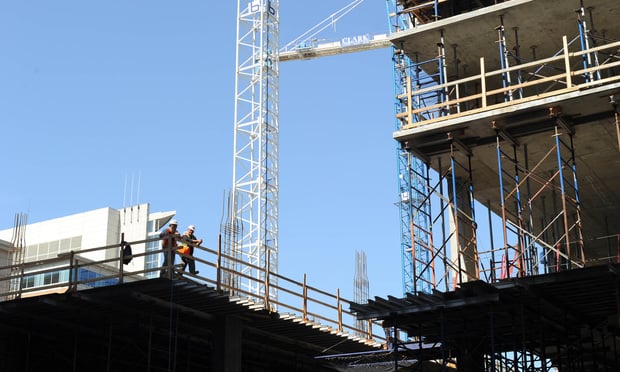"The pattern of growth is as important as the populationinvolved," Travis says. "We're spreading out more and more. Thenext 50 years will be more sprawling than the last 50 because wefind that low-density development grows faster than doespopulation."
The projections are based on US Census data, which forecastspopulation through the year 2025. The research team extrapolatedthose figures through 2050.
"Development is a permanent feature--once you get it it's thereforever," Travis says. "Looking out just 20 or 25 constructionseasons just really doesn't capture how much this region willdevelop, so we tried to look 50 years ahead."
Continue Reading for Free
Register and gain access to:
- Breaking commercial real estate news and analysis, on-site and via our newsletters and custom alerts
- Educational webcasts, white papers, and ebooks from industry thought leaders
- Critical coverage of the property casualty insurance and financial advisory markets on our other ALM sites, PropertyCasualty360 and ThinkAdvisor
*May exclude premium content
Already have an account?
Sign In Now
© 2024 ALM Global, LLC, All Rights Reserved. Request academic re-use from www.copyright.com. All other uses, submit a request to [email protected]. For more information visit Asset & Logo Licensing.








